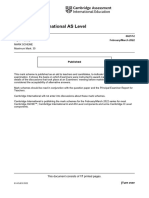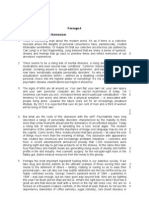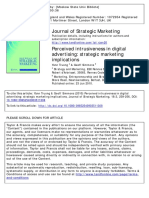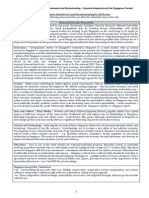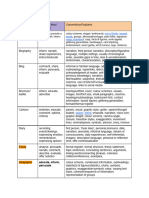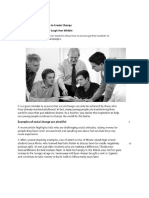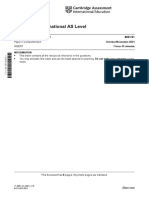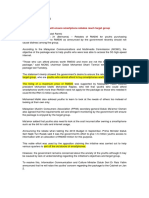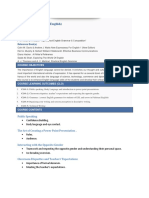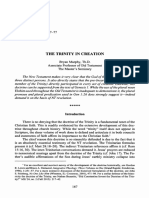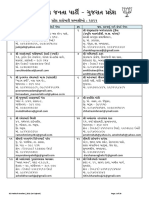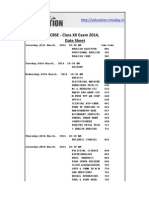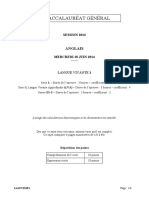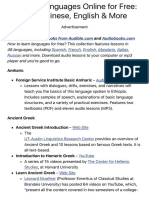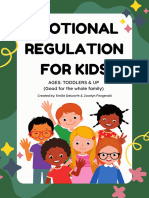0% found this document useful (0 votes)
358 views1 pageComment Writing Guide for Students
This document provides guidance on how to write an effective comment or response. It recommends structuring the comment with an introduction that states the topic and grabs the reader's attention, a main part that identifies and weighs arguments for and against different views and supports them with evidence, and a conclusion that summarizes the arguments and states an opinion. It also provides language to refer to different parts of an argument and to connect and weigh different perspectives in a formal yet coherent way. The document aims to help writers craft comments that logically organize and support their own view on a given topic or issue.
Uploaded by
claire fratesCopyright
© © All Rights Reserved
We take content rights seriously. If you suspect this is your content, claim it here.
Available Formats
Download as PDF, TXT or read online on Scribd
0% found this document useful (0 votes)
358 views1 pageComment Writing Guide for Students
This document provides guidance on how to write an effective comment or response. It recommends structuring the comment with an introduction that states the topic and grabs the reader's attention, a main part that identifies and weighs arguments for and against different views and supports them with evidence, and a conclusion that summarizes the arguments and states an opinion. It also provides language to refer to different parts of an argument and to connect and weigh different perspectives in a formal yet coherent way. The document aims to help writers craft comments that logically organize and support their own view on a given topic or issue.
Uploaded by
claire fratesCopyright
© © All Rights Reserved
We take content rights seriously. If you suspect this is your content, claim it here.
Available Formats
Download as PDF, TXT or read online on Scribd
/ 1









